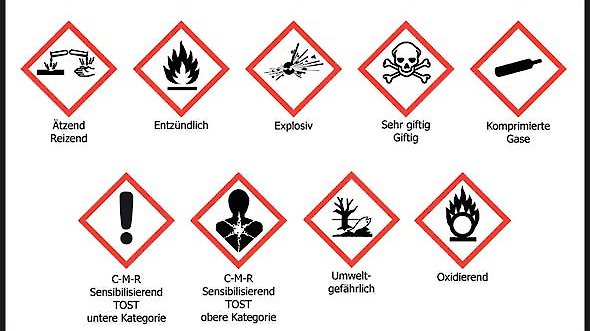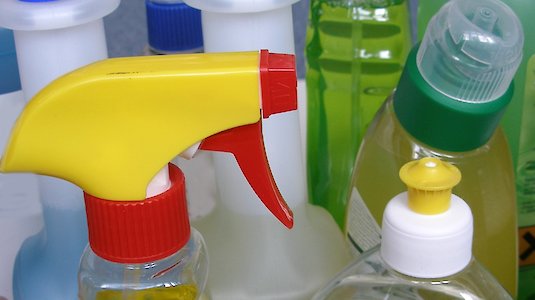All life is chemistry
Up to 5,000 chemicals are found in a typical household. Ecolabels at European level try to reduce the use of chemicals in everyday life. Above all, however, it is necessary for consumers to be aware of how many products are used.
Less is more in many cases. No household needs a whole arsenal of special detergents. Some products can be deleted without replacement, many can be replaced by environmentally friendly alternatives. The advertised in the advertising power cleaner make every spot already look at the end. They are twice as expensive as conventional all-purpose cleaners and cause damage to sensitive surfaces made of natural stone, metal or wood. Many warnings on the package indicate the risks of use. The same applies to drain cleaners, oven sprays or chlorine-based sanitary cleaners. The resulting vapors attack the respiratory tract if it is used incorrectly. Often underestimated are fragrances that can trigger allergies. Four percent of Austrians react with itching and redness to these additives. Fragrances are the main cause of allergies in cosmetic products. Since 2005, fragrances in cosmetics, detergents and cleaners must be therefore declared on the package if they are more than 0.01% by weight.
Who likes to read the fine print on the detergent box?
Many consumers are looking for clear guidelines for organic purchasing, without having to decipher previously incomprehensible declarations with a magnifying glass. Chemical expert Christian Mokricky is chairman of "The environmental consultation " Austria. Ecolabels are an important decision-making tool for purchasing. The harmonization of the Austrian Ecolabel with the EU Ecolabel was an important step. The degradability of washing-active substances has improved significantly and the obligation to declare has been tightened. Overall, the market for organic products has expanded. This has boosted sales, especially in public procurement. Producers who rely on environmentally friendly products thus gain a competitive advantage.

The EU Ecolabel brings a Europe-wide uniform labeling.
It was launched in 1992 by the European Commission. The development of the guidelines for the award of the European Ecolabel takes place in cooperation with the EU member states. Today, a variety of products and services are certified. These are characterized by environmental friendliness, longevity and high quality. The number of awarded products and services is constantly growing, as more and more producers rely on the EU Ecolabel. The EU Ecolabel can be used throughout the EU and the EEA countries (Norway, Iceland, Liechtenstein and Switzerland).
Further information can be found under www.eco-label.com.
New studies will now examine the effects of eco-labels on the market and on the composition of products. Miss Dr. Susanne Stark from the Association for Consumer Information: A project deals with the eco-labels for detergents. First results should be available by the end of the year.
